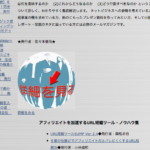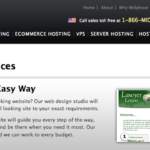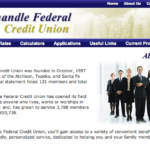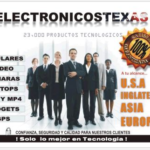Many professional photographers complain about the growth of microstock in the past few years–inexpensive stock images (costing as little as one to five dollars) from companies like istockphoto, shutterstock and BigStockPhoto. These images on average cost pennies to dozens of dollars to use and have become standard for businesses and web designers who don’t want to commission original work for hundreds of dollars.
I don’t blame them.
Microstock has its place. Why spend a ton of money on something that you may want to change frequently, or that is part of a simple Powerpoint? Some of my business customers go through a process that starts with them doing their own photography, purchasing microstock and finally hiring a pro—that’s me— when they get busy or large enough that it makes sense to do so. I tell my clients that they should do what they can to save their money, and bring me in only when they have a big, tricky or big-splash campaign that needs to be done right. I’m part of the mix, and my client is being prudent. I like that.
Microstock is useful but it has its drawbacks too. That image of a bunch of business types interacting might be nice looking and may perfectly illustrate an ad for your conference room space rentals. But you have no control of who else uses that image. It might also perfectly illustrate the meeting space of your competitor, who decides they want to use it as well. Or it may illustrate the types of clientele an upscale escort service wants to attract and show up in some places you don’t want to associate with your brand.
My suggestion? When you decide to use a piece of stock for your primary web or marketing materials, do a search to see who else is using it. An exciting service is called www.tineye.com and if you upload an image it’ll scour the web to find where else that image is published.
The image above, sold on istockphoto for less than $10, is being used for 236 different sites around the world (see screenshots below). Interesting to note that a dozen or more companies use this same image on their “about us” pages. Wouldn’t it be better to actually show your people?
Another alternative is to hire a professional to do your work. It may cost a bit more, but the image will be totally unique—the highest value in a world of cheap copies—just like your brand. It’s yours. It’ll feature your work or your team.
Whichever way you go, it’s worth your time to go in with eyes wide open.












